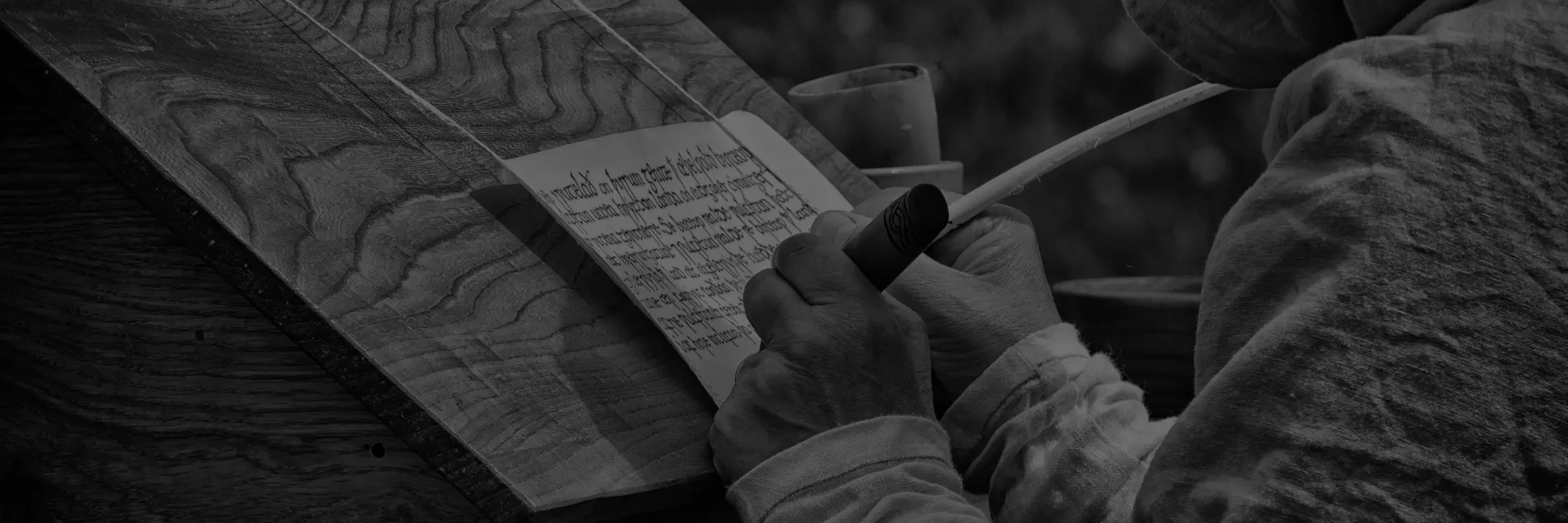Wirral's Hidden History Revealed
Discover - Investigate - Record - Report
Hi – glad to have you on board. Whether by accident or design, you have reached the website of Wirral Archaeology. If you are interested in history – Wirral's history - then we think we can help.
Wirral Archaeology is a not-for-profit, all-volunteer Community Interest Company helping to reveal the hidden history of this forgotten peninsula. We are amateur historians dedicated to archaeological analysis, research, and the interpretation of Wirral's forgotten past.
The Wirral Peninsula is located on the northern boundary of what was Mercia, separated from the Danelaw lands to the North by the River Mersey. The peninsula is confined by the River Dee to the east, the River Mersey to the west and battered by the Irish Sea to the north. Squeezed between the historic cities of Chester and Liverpool it is a relatively unexplored area often overlooked by historians, yet its very proximity to these history-rich cities makes it a clear target in which to explore our past.
You can access our principal projects by clicking on the images below or from the top menu
Current Projects
Wirral’s Farms and Fields

Yes, we take them for granted, barely giving them a second glance as we whizz along in our motor cars. Grazing cows, bleating sheep and a few areas of ploughed earth constrained by overgrown hedges. They’re just fields. We may catch a glimpse of a footpath sign even a farmhouse or too and that’s it. Forgotten. Ignored. Neglected. But as good historians should we not be asking ourselves, why? Why are those fields there?
The Wirral Shore

The Wirral Shore
Miles of golden sand fringe the Wirral Peninsula where it meets the Irish Sea. For the unwary, there are treacherous mud banks and unexpectedly deep channels. The Dee estuary embraces three small islands – Hilbre, Middle Eye and Little Eye all with their own place in history.
The Egremont Bloomery

The Egremont Bloomery
Where is the Egremont Bloomery? In Egremont – on the Wirral bank of the River Mersey, sandwiched between New Brighton and Leasowe. Not the one in Cumbria!
What is a bloomery?
A bloomery is the earliest form of iron smelter. It produces a porous mass of iron and slag called a bloom which is consolidated and further forged into wrought iron.
The Search for the Battle of Brunanburh.

Battle of Brunanburh, 937AD.
This forgotten battle is regarded by most historians as the event that created the English nation; but where is took place has been lost for centuries. There have been many attempts to locate the battlefield, but these have been based on trying to interpret a few clues and information taken from manuscripts written sometimes hundreds of years later. None of them have been able to firmly place the symbol of crossed swords on a map to show where the battle was.
The boat beneath the car park

The boat in the carpark
n 1938 the remains of a clinker-built boat were unearthed by workmen digging the foundations of the new Railway pub in Meols. It was described as “an ancient ship built in the Nordic clinker (overlapping planks) style buried twelve feet down and covered in a layer of blue clay”. As they were on a tight schedule to get the new pub open, the workmen were told to keep quiet and cover it up.
Wirrals Roman Roads.

Wirrals Roman Roads.
The Roman Roads Research Association, the UK’S premier body that trace, research and verify Britain’s Roman roads, state that they have found no evidence for any Roman roads per say on the Wirral.
It does not mean that there were no Roman roads on the Wirral, but currently no evidence has come to light which can categorically prove the existence of one.
Members of Wirral Archaeology are still searching for such evidence.
About Us
Who we are
Wirral Archaeology has changed. The informal group that successfully laid the foundation of a thriving organisation has evolved into a more formal Community Interest Company. It is a not-for-profit, all-volunteer organisation, registered with Companies House and committed to the promotion and sharing of Wirral’s complex history. Its membership is open to anyone who shares our values, our aims and our objectives. The company is run, on behalf of its members, by a board of directors who are elected annually (or longer by agreement).
We are Wirral’s Premier History and Archaeological Society; an enthusiastic team of amateur historians determined to unearth the hidden history of this forgotten peninsula.
Members of Wirral Archaeology CIC have a wide range of professional skills and experience. The company works closely with professional archaeologists, scientists and other experts in associated areas of research. We are an inclusive organisation welcoming people of all ages and abilities, and from all cultures, creeds and backgrounds.
Mission Statement
“Our aim is to investigate, explore and unearth Wirral’s hidden history and to make it publicly available by means of newsletters, talks, leaflets, our website and all other avenues of communication”.

